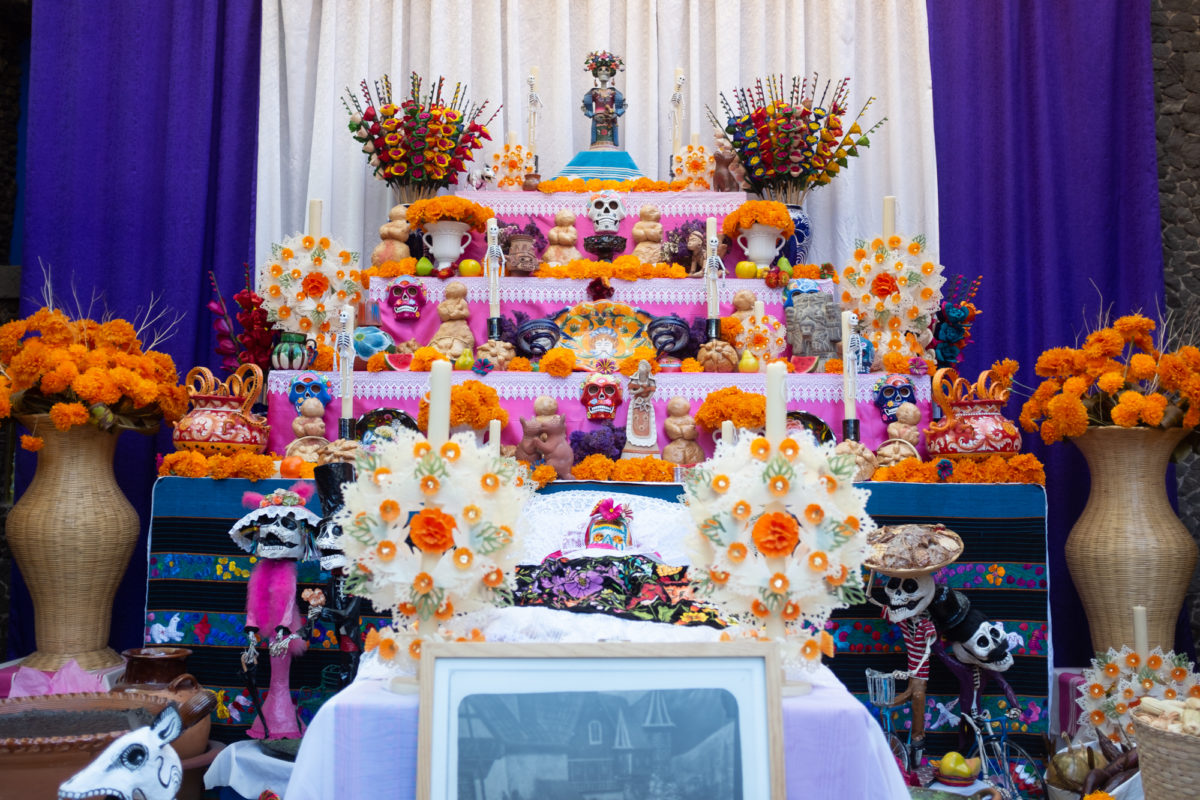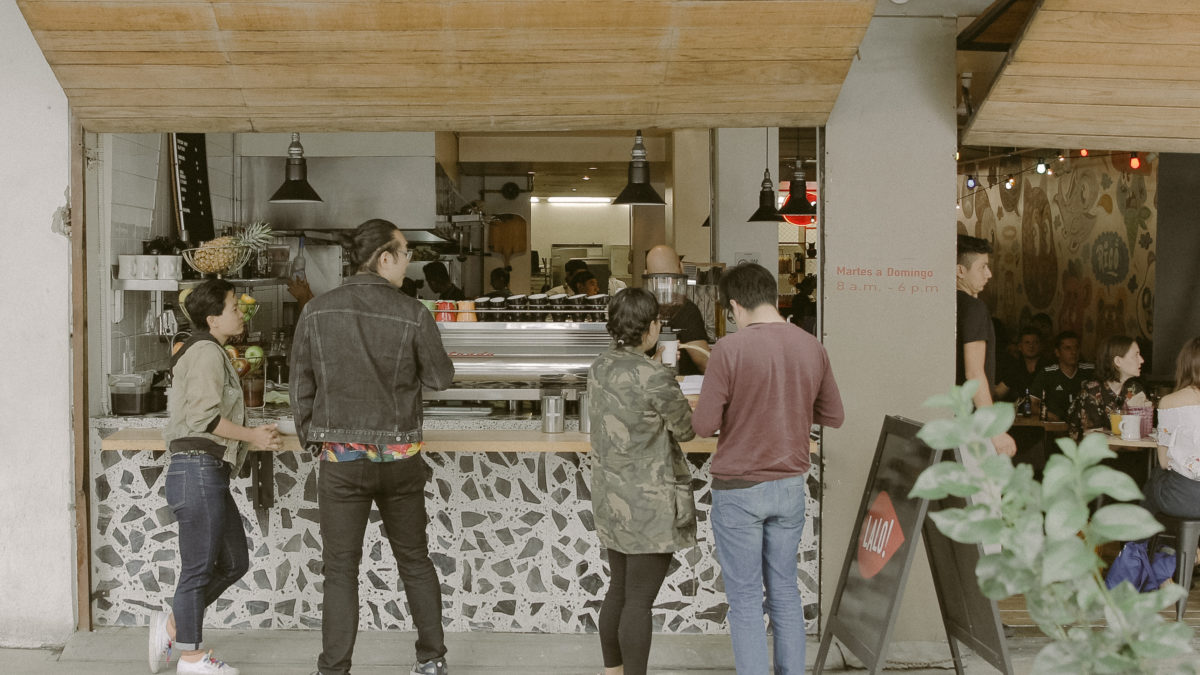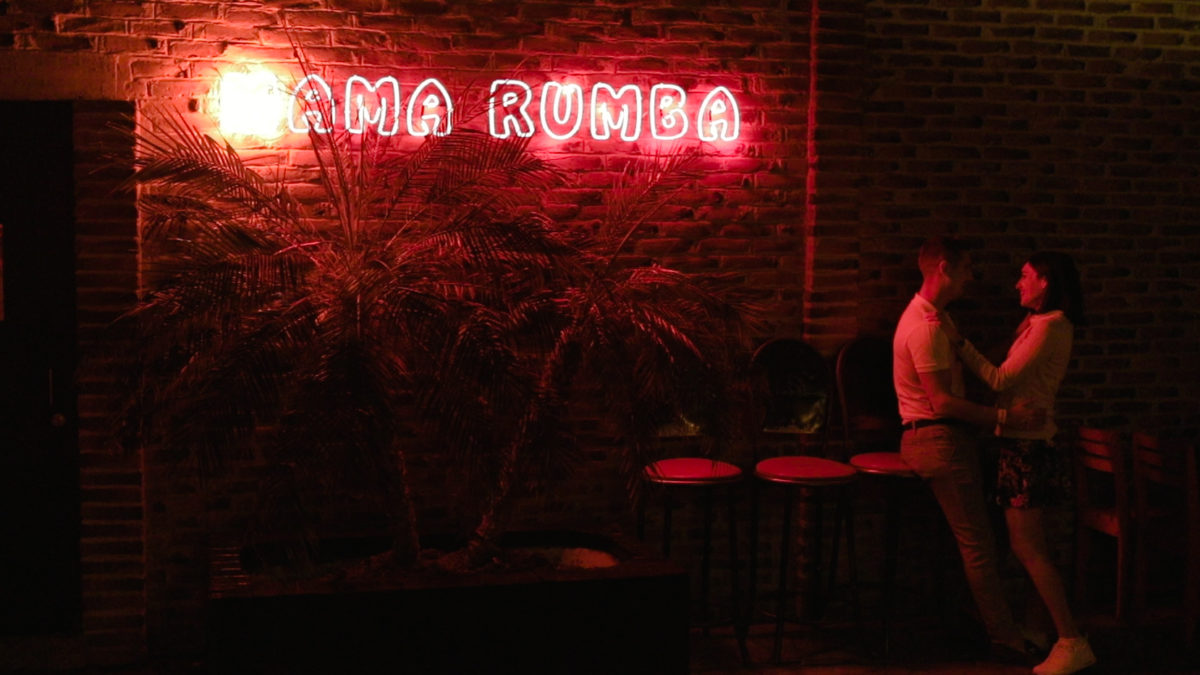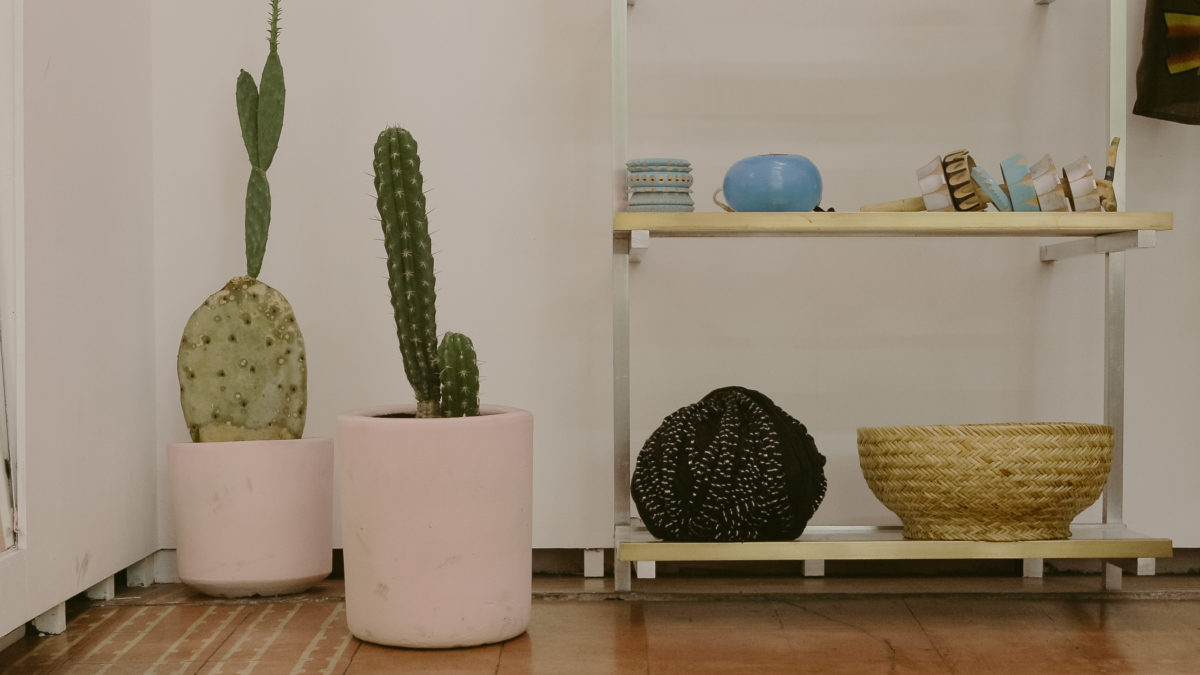The amount of money you have to spend can alter the way you experience a place, but we don’t think any dollar amount should limit your possibilities. Here, we’ve broken down how you can make the most of Mexico City on $50, $100, or $500 per day.
Talk to just about any northerner fresh off their first trip to Mexico City with still a brightness in their eye and a bushy-ness in their tail and they’ll likely be raving about one thing: how cheap the Mexican capital is. And while Mexico City is full of budget-friendly gems like street food, innumerable green spaces and parks, solid public transit (and inexpensive Ubers and cabs), and lots of affordable museums, galleries, and educational centers, the city is anything but cheap. One of the great cultural hubs of the world, CDMX is plenty rich and dynamic; a city where, in one day, you could easily spend next to nothing or blow a month’s salary on some combination of Michelin-star-rated meals, highly coveted works of art, and locally designed and made fashion. Welcome to Mexico City, where the low- and high-end are equally worth a deep dive.
$50/day
Breakfast:
For a different kind of egg breakfast that isn’t chilaquiles, head northeast to Migas La Guera in Tepito, known for its (surprise!) migas—a dish that has many variations around the world, but is usually served as a hearty soup in Mexico City. Day-old bread, meaty broth, and a raw egg dropped right into the steaming liquid await. Don’t want soup for breakfast? Try tamales washed down with an atole or a licuado from street vendors (guaranteed not far from wherever you’re staying!)
Daytime activity:
Explore the hidden foodie wonders of the subway system. Down here you’ll find everything from international chain foods like Domino’s and McDonald’s to handmade alegría bars (they look kind of like birdseed but they’re like granola bars with dried fruit and nuts), churros and donuts, and fresh tortillas.
Lunch:
Lunch time is a great time to explore markets around the city and grab a cheap meal of tostadas (deep fried tortillas), pasteles (similar to tamales), and fresh juices. Try La Merced in Centro. If a calmer afternoon is what you seek, head to Cafebrería El Péndulo in Polanco or El Turíx for cochinita pibil (slow-roasted pork).
Afternoon activity:
Visit the Diego Rivera murals, walk around the Bosque de Chapultapéc, enjoy a cup of fresh mango doused in lime juice and dusted with tajín (chili-lime salt). Around most public parks in the city, there are fruit and snack carts on practically every corner.
Dinner:
Quesadillas Maria Isabel or Montejo, a dive-y and authentic experience. Grab churros and hot chocolate for dessert from El Moro—but expect to wait in line.
Nightlife:
An easy way to save money, have a good time, and experience one of the most energetic parts of downtown is to visit Calle de República de Cuba, where you’ll find a row of queer bars. All of them are relatively cheap to enter, and drinks inside are also affordable. It gets rowdy and the scene is intense, but it’s an unmatched look at queer life in this part of the city. Try El Marrakech Salón, La Purísima, or El Buen Momento.
$100/day
Breakfast:
Lalo or Chilpa (for chilaquiles, a mix of tortillas, green or red salsa, cheese, refried beans, and sometimes pulled chicken and fried eggs).
Daytime activity:
Go to the Casa Azul, The Frida Kahlo Museum. Don’t let the $20 price tag, potentially long wait, distance from the city center, or your weird uncle who says it’s “overrated” convince you otherwise: The Frida Kahlo museum is always worth it. (Especially if you identify as a queer or disabled woman or artist or some combination thereof.) Take a walk through the prolific artist’s Coyoacán home where you can get up close and personal with some of her best-and least-known works, the bed where she endured chronic pain, the kitchen where she frequently cooked for guests (Leon Trotsky among them), and the garden that she kept with fervor. Nothing can really compare to connecting with one of Mexico’s most famous and beloved creators in her own home.
Lunch:
Azul Historico or Coyoacán Market
Afternoon activity:
La Ciudadela artisanal market for Mexican crafts and other goods.
Dinner:
Por Siempre Vegana or Covadonga (classic tequila spot with good food) or Restaurante Nicos, where you don’t have to spend your entire budget to have excellent, upscale modern Mexican. This place has beautiful food with the feel of a neighborhood restaurant.
Nightlife:
La Casa de las Sirenas or El Mayor (splurge a bit and go to a rooftop bar) or dancing at Mama Rumba. If someone asks you to dance, take a chance and say yes.
$500/day
The neighborhood of Polanco, north of the trendier enclaves like Condesa, is considered the ritziest part of town. Take a stroll up here if you want to feel wealthy without breaking the bank.
Breakfast:
Restaurante Antiguo San Angel Inn is a historic spot with a classically beautiful atmosphere. Great place to feel glamorous and splurge.
Daytime activity:
Go shopping at Carla Fernandez. The brick and mortar shop of Mexico City-based fashion label Carla Fernandez is located almost smack in the middle of the city, between three of its most inviting residential neighborhoods: La Condesa, Roma, and Juárez. With an artisan network that spans the entire southern half of the country, the brand is known primarily for its work in preserving and elevating the heritage of indigenous communities throughout Mexico through its clothing, textiles, and housewares. Products here bear traditional patterns that have been reimagined for the modern-day.
Lunch:
Contramar. Everyone on your Instagram feed is drooling over this fresh seafood spot for a reason. Order the red and green grilled snapper and enjoy in the company of elegant cityfolks.
Afternoon activity:
Cooking class with Anima Lux. Learn to cook delicious vegan Mexican food at this hip school in the Hipódromo neighborhood.
Dinner:
Six-course tasting menu at Enrique Olvera’s internationally acclaimed Pujól; their kitchen is complete with a newly installed wood-fired grill, a comal for handmade tortillas, and an outdoor brick oven pit. Or visit Quintonil, helmed by Olvera’s pupil Jorge Vallejo and Vallejo’s wife Alejandra Flores, for inventive takes on classics like ceviche.
Nightlife:
To cap off a day of glitz and glamor, head to Dulce Patria (named one of Latin America’s top 50 restaurants) for cocktails, or to Jules Basement, a dark, sexy speakeasy. Try the Guatemalan Sazerac.







